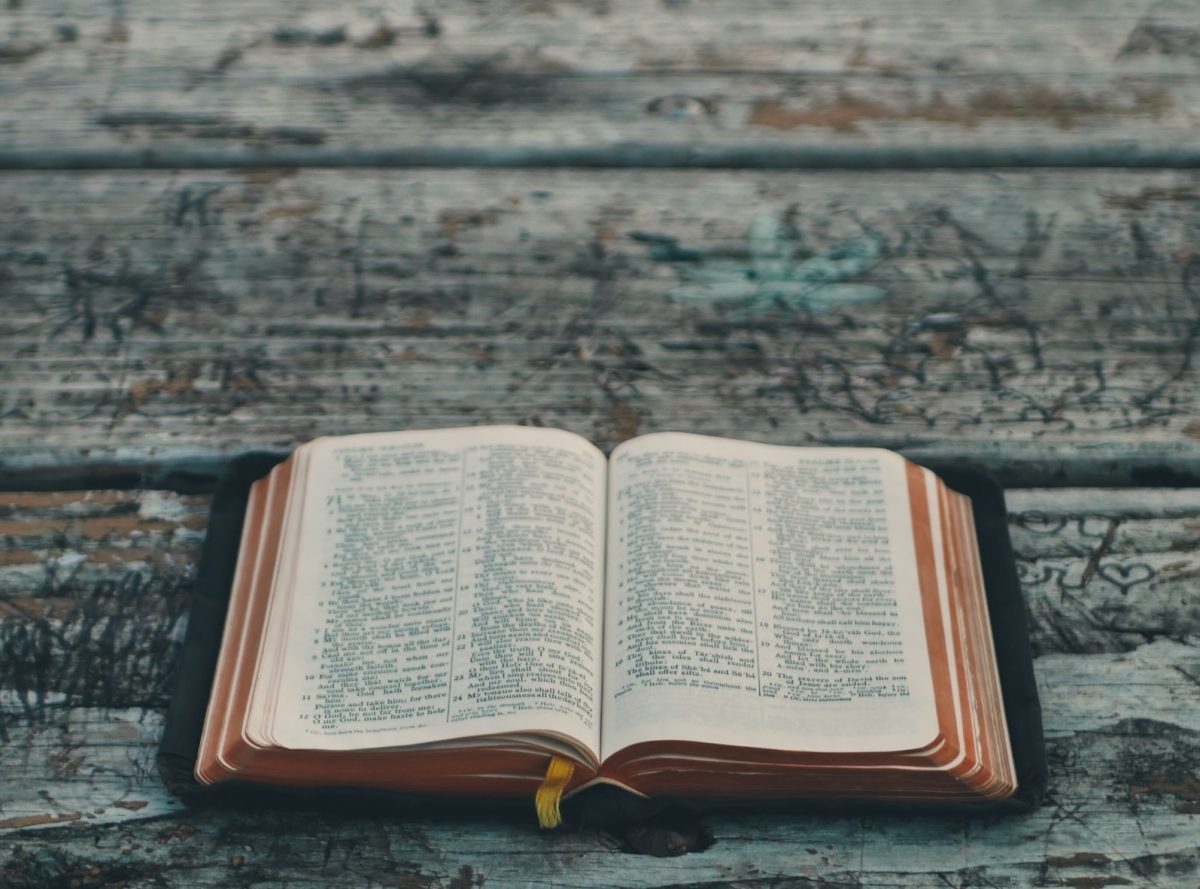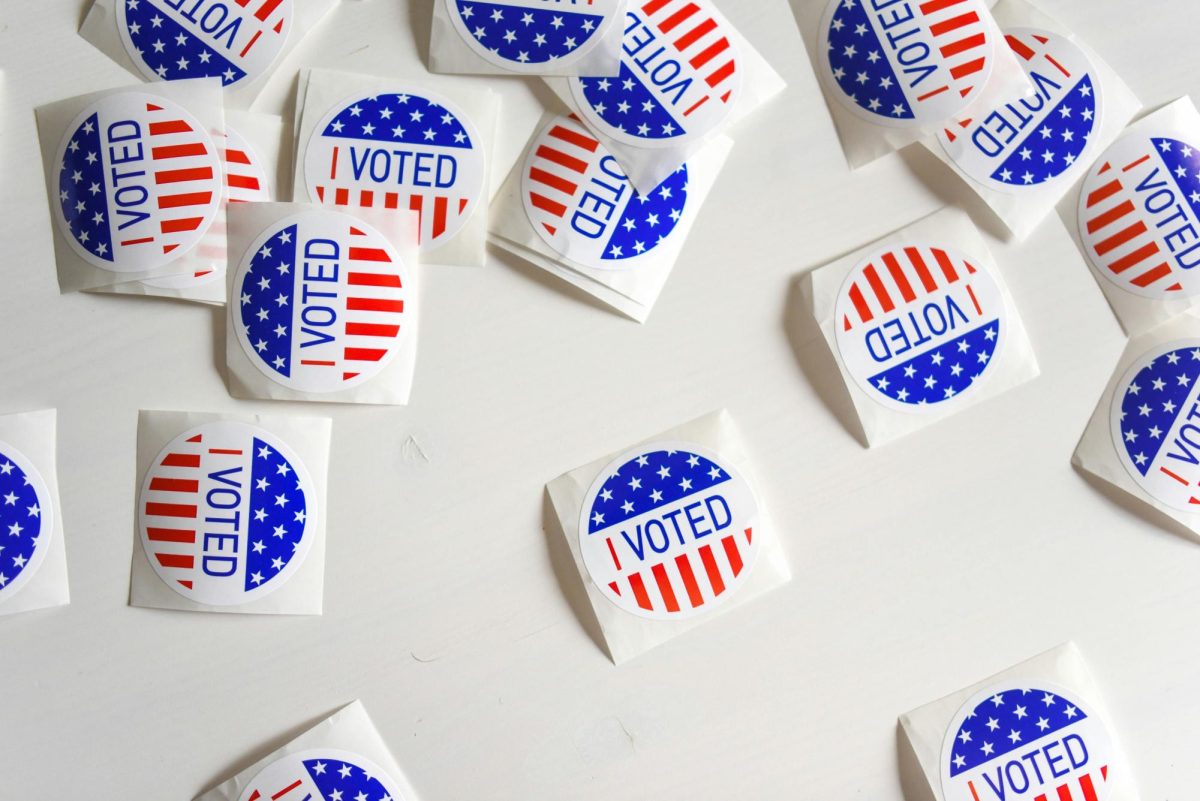Is Donald J. Trump legally the president of the United States — even if he didn’t place his hand on a Bible during his second inauguration on Jan. 20? A reader posed this question to our “What is True?” service after hearing that the misplaced hand botched Trump’s inauguration and left the nation’s highest office in limbo. We investigated the claim, which has been posted to social media, and found false information.
Here’s what we know:
Yes, Donald J. Trump is the 45th — and now the 47th — president of the United States. Article II of the U.S. Constitution requires the president to swear an oath of office, but it doesn’t specify how the oath should be administered. The words of the oath, according to the Constitution, are: “I do solemnly swear (or affirm) that I will faithfully execute the Office of President of the United States, and will to the best of my ability, preserve, protect and defend the Constitution of the United States.”
The Constitution doesn’t require the raising of the right hand and the placing of the left hand on a Bible or any object. This convention started with the first presidential inauguration (of George Washington) in 1789. For the ceremony, Washington used an altar Bible loaned to him by a local Masonic lodge. While his successors have largely followed this precedent, some presidents — such as Theodore Roosevelt — have declined to use a Bible for the oath, while others used items like a book of law (John Quincy Adams) or a Roman Catholic missal (Lyndon B. Johnson).
Some presidents — including Trump at his first inauguration in 2017 — take the oath by placing their left hand on two Bibles. Those same two Bibles (one given to Trump as a child and the Lincoln Bible, first used at Abraham Lincoln’s 1861 inauguration) were present at Trump’s second inauguration and were held at his side by his wife, First Lady Melania Trump. However, the president — for reasons unknown — did not place his hand on top of them. Several conservative commenters, including alt-right activist Jack Posobiec, blamedthe matter on Chief Justice of the Supreme Court John Roberts, who administered the oath to Trump: “Incredibly disrespectful of Roberts not to wait for Melania to walk over with the Bibles.”
Here are some other interesting facts about presidential inaugurations:
Per the 20th Amendment to the Constitution, presidents take office at noon on Jan. 20 — no matter the day of the week. For example, for Barack Obama’s second inauguration in 2013, Jan. 20 fell on a Sunday, and he took the oath of office in an official, private ceremony at the White House. The following day, he took the oath again — this time, with all the public pomp and circumstance.
Despite the meticulous pre-planning involved with inaugurations (which are managed by a joint congressional committee), there have been mishaps involved with the proceedings. Notably, during the 2009 inauguration of Barack Obama, Chief Justice John Roberts, who was administering the oath, jumbled a section of the required text. Due to constitutional uncertainty over the matter, Obama took the oath again — out of an abundance of caution — the following day.
Inaugurations were originally held on March 4 — from 1789 until the second inauguration of Franklin D. Roosevelt in 1937. The 20th Amendment set the present date.
“So help me God” isn’t a part of the required oath, and it isn’t clear who added it to the oath’s ending. Some believe it was George Washington, but historians can only verify the additional wording beginning with the 1881 inauguration of Chester A. Arthur.
The Constitution doesn’t mandate who must administer the presidential oath, but the chief justice of the U.S. Supreme Court has presided over nearly all inaugurations. A notable exception occurred in 1963 when a federal district judge, Sarah T. Hughes, administered the oath to Lyndon B. Johnson aboard Air Force One following the assassination of his predecessor, John F. Kennedy.
Submit your “What is True?” request here.








